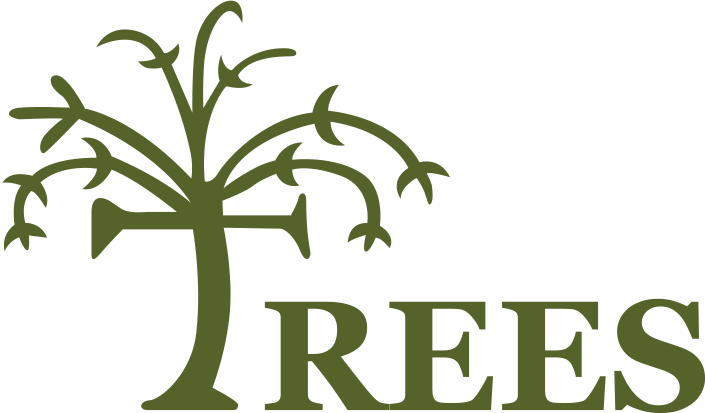
The History of Permanent Markers
Permanent markers are a versatile tool that has been used for a variety of purposes for over 50 years. The first permanent markers were invented in the early 1960s by Sidney Rosenthal, a chemist who was working for the Sanford Ink Company. Rosenthal was looking for a way to create a marker that would be able to write on a variety of surfaces, including paper, plastic, and metal. He experimented with different formulas until he developed a permanent ink that was water-resistant and fade-resistant.
The first permanent markers were called Magic Markers and they were introduced to the market in 1964. Magic Markers were an instant success and they quickly became a popular tool for artists, students, and businesses. In the years since their introduction, permanent markers have become even more popular and they are now used for a wide variety of purposes.
The Evolution of Permanent Markers
Over the years, there have been a number of innovations in the design of permanent markers. One of the most significant innovations was the development of felt-tip markers in the early 1970s. Felt-tip markers use a felt tip that is saturated with ink. This type of marker provides a smoother line than the older, porous-tip markers.
Another innovation in the design of permanent markers was the development of water-based inks. Water-based inks are less likely to bleed or fade than the older, oil-based inks. Water-based inks are also more environmentally friendly, which has made them increasingly popular in recent years.
The Uses of Permanent Markers
Permanent markers are used for a wide variety of purposes. They are commonly used for:
Marking and labeling: Permanent markers are a good choice for marking and labeling items that need to be identified for a long period of time. They are often used to mark whiteboards, folders, and boxes.
Writing: Permanent markers can be used to write on a variety of surfaces, including paper, plastic, and metal. They are a good choice for writing permanent labels or instructions.
Drawing: Permanent markers can be used to draw on a variety of surfaces, including paper, canvas, and wood. They are a good choice for creating permanent artwork or signs.
Crafting: Permanent markers can be used for a variety of crafting projects, such as decorating scrapbooks, making jewelry, and creating custom t-shirts.
The Future of Permanent Markers
Permanent markers are a versatile tool that is likely to continue to be popular for many years to come. As technology continues to evolve, there are likely to be new innovations in the design of permanent markers. These innovations could include new types of inks, new tip designs, and new features.
Conclusion
Permanent markers are a valuable tool that has been used for a variety of purposes for over 50 years. They are versatile, durable, and easy to use. As technology continues to evolve, there are likely to be new innovations in the design of permanent markers. These innovations could make permanent markers even more versatile and useful.



Leave a Comment